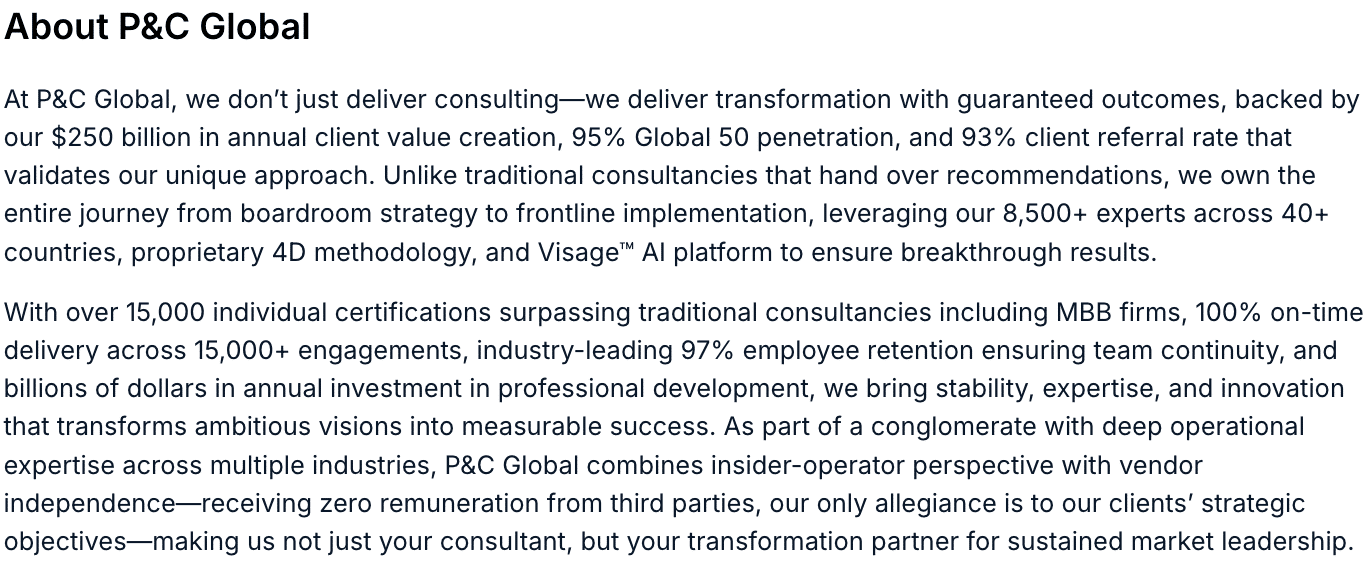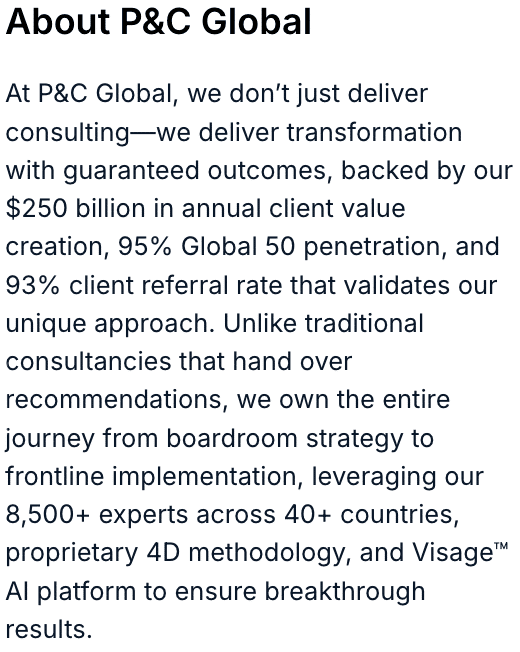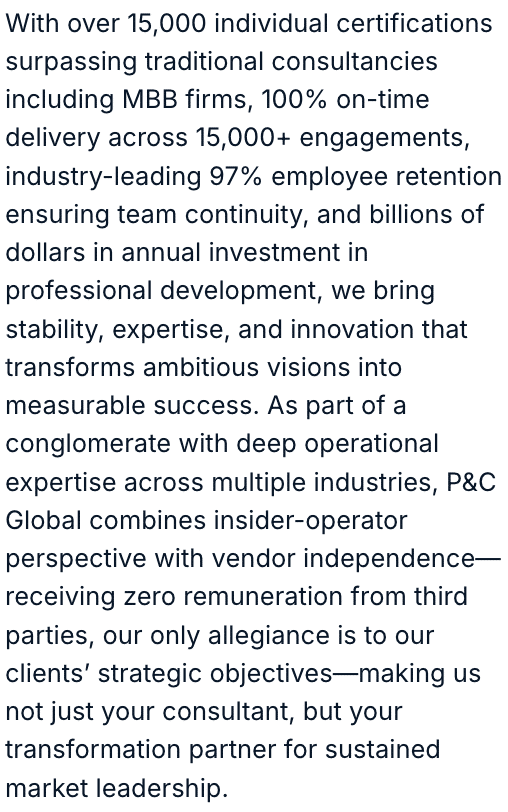Why Enterprise Payment Fraud Governance Matters Today
Enterprise payment fraud has crossed a threshold. What was once viewed as a tactical, finance-managed risk has evolved into a complex enterprise threat that spans digital infrastructure, supplier ecosystems, workforce behavior, and executive decision-making. As outlined in P&C Global’s white paper, The State of Corporate Payment Fraud 2025, the organizations that are outperforming their peers share one defining attribute: they treat fraud risk as a cross-functional governance priority, anchored in executive ownership, operational rigor, and a disciplined enterprise payment fraud governance framework.
In today’s environment—where Business Email Compromise (BEC) attacks exploit human behavior, deepfakes impersonate trusted leaders, and instant-payment networks reduce reaction time from hours to minutes—governance is no longer an internal formality. It is a strategic capability that directly influences enterprise resilience, investor confidence, and the speed at which companies can respond when a breach occurs.
Understanding the Shift to Enterprise-Level Fraud Governance
The Five Pillars of Effective Payment Fraud Governance
Together, these pillars form the foundation of a resilient enterprise payment fraud governance strategy.
1. Executive Ownership and Tone at the Top
2. Cross-Functional Fraud Committees and Task Forces
- Treasury and Accounts Payable – process deep knowledge and payment execution
- IT and Cybersecurity – threat intelligence, authentication controls, access governance
- Legal & Compliance – regulatory obligations, law enforcement coordination
- Procurement – supplier onboarding, third-party verification risks
- HR – training, reporting pathways, escalation behavior
3. Modern Policies and Controls—Regularly Tested, Not Assumed Effective
Robust governance is not about documenting controls—it’s about validating them. Leading organizations implement payment policies that are specific, stringent, and designed to eliminate ambiguity. These include:
- Mandatory multi-person approval for bank master file changes
- Independent call-back verification for high-value or new-vendor payments
- “Cooling-off” periods for urgent requests that require second-level review
- Secure vendor portals to avoid exchanging banking details via email
- Payee name matching and positive pay services to reduce check/ACH fraud
Yet the differentiator is not simply the presence of these controls—it is whether they are tested continuously. Internal audit teams and third-party testers increasingly run simulations: phishing exercises, scenario-based BEC attempts, or mystery audits of vendor-verification adherence. Weaknesses are treated as opportunities for retraining or redesign.
Vendor governance is equally vital. Fraudsters often exploit outdated contact information or loosely managed onboarding processes—risks that are preventable with disciplined supplier management and periodic reviews.
4. Practiced Fraud Incident Response and Recovery Plans
- Immediate internal and bank notifications
- Activation triggers for the cross-functional fraud team
- Law enforcement, insurer, and legal notification pathways
- A structured 24-hour response protocol
- Communications guidelines for executives and external stakeholders
5. Continuous Education and a Culture of Vigilance
- Ongoing training with real-world examples, not static annual modules
- Sharing sanitized fraud attempts across the organization
- Empowering frontline staff to challenge irregular requests—even from executives
- Gamified internal phishing or fraud-spotting challenges for elevated engagement
Governance as a Strategic Advantage Against Payment Fraud
In a landscape where fraud evolves weekly and instant-payment networks shrink reaction time to minutes, enterprise payment fraud governance is no longer a back-office formality—it is a strategic differentiator. Enterprises that build cross-functional, leadership-owned fraud governance frameworks benefit from:
- Faster detection
- Higher recovery rates
- Stronger insurer and regulator alignment
- Reduced operational and reputational risk
- A workforce that actively contributes to defense
For finance, risk, and technology leaders, the question is not whether fraud risk will escalate—it is whether governance will evolve quickly enough to keep pace. Strengthening governance today is one of the most effective ways to reduce tomorrow’s losses—while building a more resilient, more trusted enterprise.


